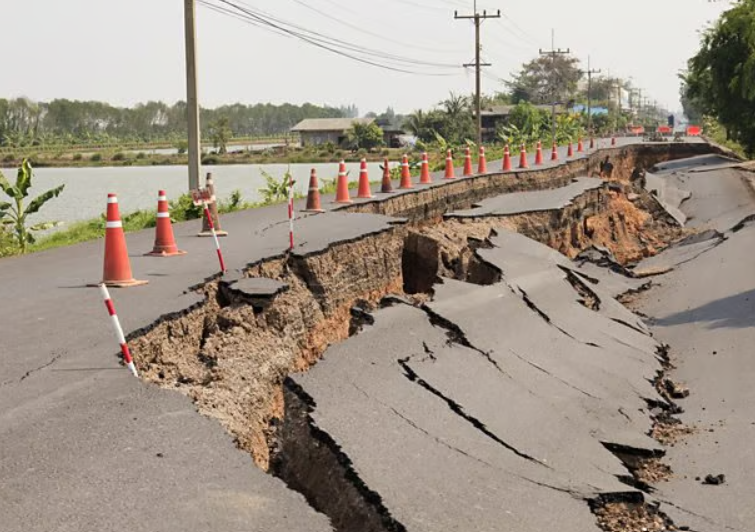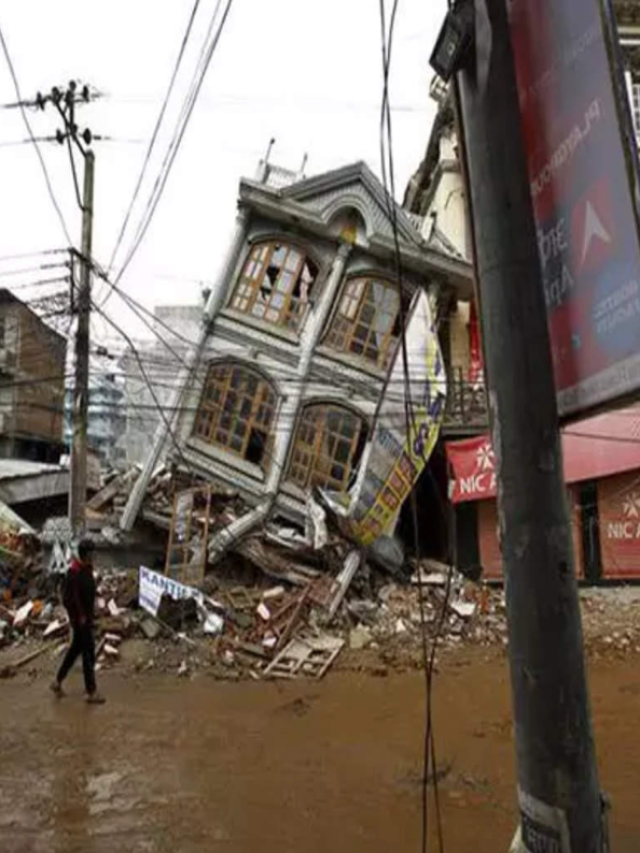Introduction:
On December 2, 2023, a powerful earthquake struck off the southern coast of the Philippines, sending shockwaves through the region. The tremor, measured at a magnitude of 7.6, triggered widespread panic and caused significant damage to infrastructure. While initial reports indicated no major casualties, the earthquake served as a stark reminder of the Philippines’ vulnerability to seismic activity.
The Impact of the Southern Philippines Earthquake:
Evacuations swiftly unfolded in the Philippines after a powerful tremor struck Mindanao, prompting tsunami warnings in both the Philippines and Japan. Despite initial concerns, the U.S. Tsunami Warning System later reassured that the threat of large waves had diminished. Ongoing aftershocks heightened caution, with no immediate reports of substantial damage or casualties. The Philippine Institute of Volcanology and Seismology (Phivolcs) maintained the need for evacuation, particularly for coastal residents in Surigao Del Sur and Davao Oriental. Japan’s Hachijojima island observed 40 cm waves, underscoring the impact even at a lesser scale. Phivolcs revised its guidance, acknowledging the potential for some damage from the seismic activity.
The affected provinces, Surigao Del Sur and Davao Oriental, predominantly rural, alleviated concerns about densely populated areas facing significant risk. The region experienced over two dozen aftershocks, the largest measuring 6.5, according to the European-Mediterranean Seismological Centre (EMSC). Power outages compounded the challenges, with evacuation efforts underway. This incident underscores the importance of preparedness in earthquake-prone regions, emphasizing the need for effective response mechanisms to safeguard communities

Evacuations and Tsunami Warnings:
As the earthquake struck, residents in coastal areas were gripped by fear of a potential tsunami. Authorities issued warnings, urging people to evacuate to higher ground. Fortunately, no tsunami materialized, but the threat served as a sobering reminder of the Philippines’ exposure to natural disasters.
Causes and Geological Background :
Earthquakes primarily result from the movement of tectonic plates beneath the Earth’s surface. The southern Philippines, situated on the Pacific “Ring of Fire,” is prone to seismic activity due to the complex interactions of tectonic plates in this region.
1. Tectonic Plate Boundaries:
The Philippines is located near the convergence of several major tectonic plates, including the Philippine Sea Plate, the Eurasian Plate, and the Pacific Plate.The movement of these plates creates tension and stress along fault lines, leading to the release of energy in the form of earthquakes.
2. Subduction Zones :
Subduction zones, where one tectonic plate is forced beneath another, are common contributors to powerful earthquakes. The Philippine Trench, situated east of the Philippines, is an example of a Subduction zone where the Philippine Sea Plate is Subduction beneath the Eurasian Plate.
3. Fault Lines :
The Philippine Fault, a major fault line running through the Philippines, is a significant source of seismic activity. Stress along fault lines builds up over time until it is released in the form of an earthquake.
4. Volcanic Activity :
The Philippines is part of the Pacific “Ring of Fire,” known for its volcanic activity. Volcanic eruptions can also contribute to seismic events. Magma movement and the pressure it exerts on surrounding rocks can induce earthquakes.
5. Historical Seismic Activity in Southern Philippines :
The southern Philippines has a history of seismic events due to its proximity to active tectonic plate boundaries. Notable earthquakes in the region are often associated with the movement along the Philippine Fault and nearby Subduction zones.
Understanding the geological factors contributing to earthquakes in the southern Philippines is crucial for developing effective earthquake preparedness and response strategies. It highlights the need for building structures resilient to seismic activity and the importance of early warning systems to mitigate the impact on communities in this earthquake-prone region.

The Aftermath and Recovery Efforts :
In the aftermath of the earthquake, emergency responders and aid workers rushed to the affected areas to provide assistance. They distributed food, water, and medical supplies to those in need. Damage assessment teams surveyed the extent of the destruction, while engineers worked to restore power and infrastructure.
Resilience in the Face of Adversity :
Despite the devastation caused by the earthquake, the Filipino spirit of resilience shone through. Communities came together to support one another, offering shelter, food, and emotional support. The outpouring of compassion and cooperation demonstrated the strength and unity of the Filipino people.
Conclusion :
The Southern Philippines Earthquake served as a stark reminder of the region’s vulnerability to natural disasters. However, the resilience and determination of the Filipino people offered a beacon of hope in the face of adversity. As communities continue to rebuild, they do so with the knowledge that they have the strength and unity to overcome any challenge.


